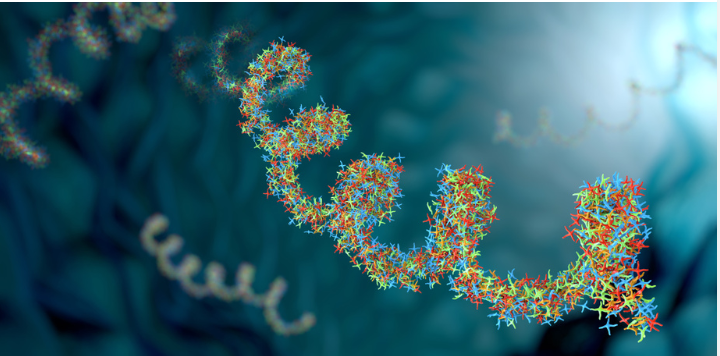Development of Lectins with Protein Engineering
Web Published:
11/18/2024
Lectins that exclusively bind sialylated core-2 O-linked glycans within cancerous tissue with a higher affinity than physiologically healthy tissue.
Lectins bind complex carbohydrates on cell surfaces and secreted glycoproteins. These carbohydrates are modified during disease from altered metabolism, though the proteins themselves are present in healthy physiology as well. Lectins are traditionally isolated from plants, fungi or bacteria, with binding properties evaluated using yeast and bacteria for surface display analysis.
This University at Buffalo technology offers a lectin that binds sialylated core-2 O-linked glycans. This unique binding specificity distinguishes between various blood cell types, as well as identifying cancer tumors from healthy tissue. These carbohydrate-binding proteins were generated from glycosyltransferases. Those possessing the desired binding properties were identified using mammalian surface display technology to accelerate directed evolution.
Methods for modifying glycosyltransferases into glycan binding lectins and performing high-throughput screening using a novel mammalian surface-display technology, which allows the identification of new lectins and new glycosyltransferases, are provided.
 Christoph Burgstedt, https://stock.adobe.com/uk/images/512809707, stock.adobe.com
Christoph Burgstedt, https://stock.adobe.com/uk/images/512809707, stock.adobe.com
- Lectins that specifically binds sialylated core-2 O-linked glycans
- The lectins of interest bind with higher affinity to cancer tissue than healthy tissue
- Method for creating custom lectins through modification of glycosyltransferases, with no equivalence in literature
- Method for directed evolution of new lectins and new glycosyltransferases using a novel mammalian cell surface display technology, which can be extended to screen a broad range of biomolecules
- Cancer cell labeling
- Targeted therapeutics
- Assay development
- Custom biomolecule generation and screening
PCT/US2025/042360 filed August 18, 2025.
Laboratory demonstration and application in the analysis of patient tumor microarrays.
Available for licensing or collaboration.
Patent Information:
| App Type |
Country |
Serial No. |
Patent No. |
Patent Status |
File Date |
Issued Date |
Expire Date |
|